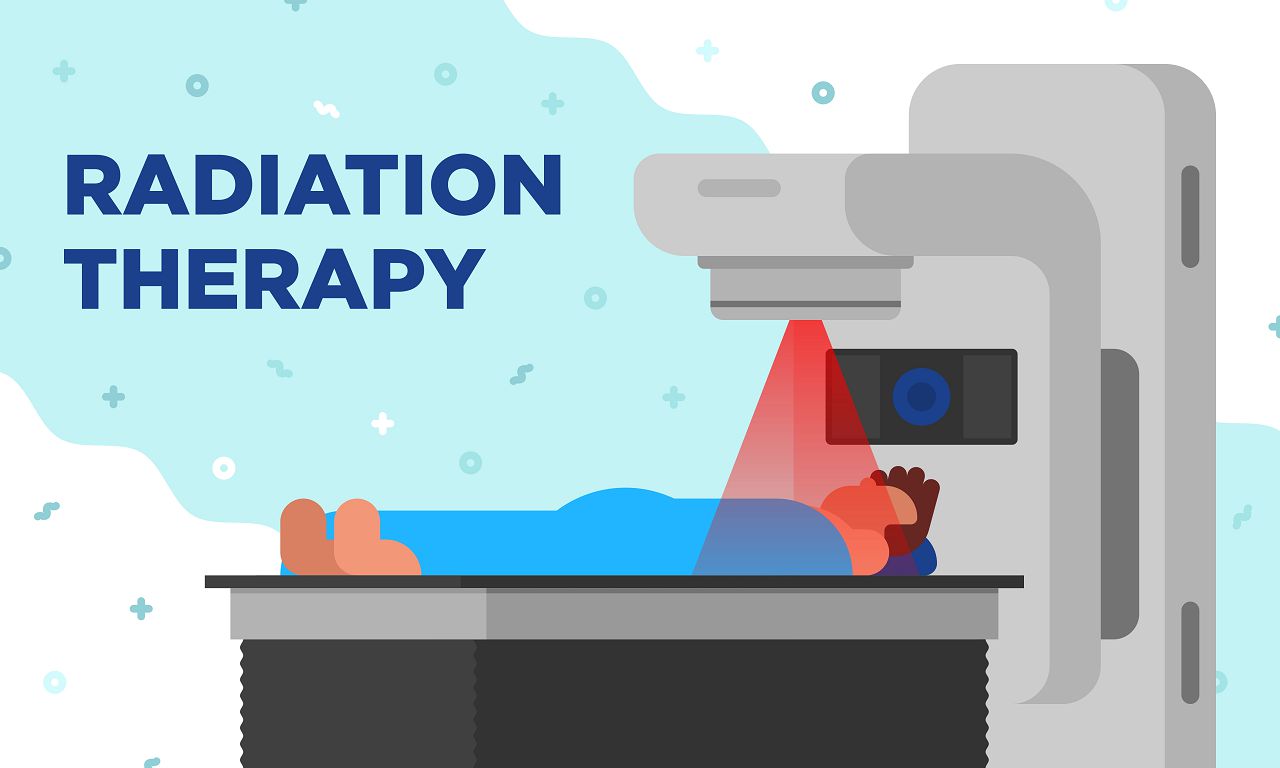Radiation therapy is commonly known as electrotherapy, but the correct abbreviation should be "radiotherapy" rather than "electrotherapy." Radiotherapy can be divided into two categories according to the way it is given: in vitro radiotherapy (also known as remote radiotherapy) and in vivo radiotherapy (also known as proximal radiotherapy).
The mechanism of radiotherapy
By using high-energy radiation, cells can be killed or prevented from continuing to grow and divide. Because cancer cells grow and divide faster than normal cells around them. As a result, radiotherapy can successfully treat many different types of cancer.
During radiotherapy, normal cells will also be affected by radiation, but unlike cancer cells, most of the normal cells will be repaired by themselves and return to normal function after being damaged by radiation.
Radiotherapy can be used alone or in combination with surgery or chemotherapy. Combination with chemotherapy can improve the control rate of cancer, but the side effects may be more severe.

Skin care precautions
- The clothing worn at the treatment site should be made of loose, sweat-absorbing cotton material.
- Earrings, necklaces and shirts with stiff collars or belts should be avoided to avoid unnecessary friction causing skin injury at the healing site.
- Female patients should not wear bras during treatment. It is better to wear only cotton underwear to avoid excessive skin irritation in the treatment area.
- Do not rub or scrape the skin of the treated area.
- Do not use soap, baby powder, cosmetics or other chemicals on the skin of the treated area without the doctor's consent as many skin products over the skin will affect the distribution of therapeutic doses and delay the time of skin recovery.
- Avoid using adhesive tape on the skin of the treatment site. If you have special needs, use paper tape as much as possible. Keep the tape as far as possible out of the treatment area to avoid skin injury when removing it.
- Please keep the lines and marks intact. Do not remove the line without permission. If the line is removed accidentally, inform the doctor voluntarily. The line should not be redrawn to avoid affecting the treatment site.
- Do not apply a hot compress or ice compress to the treatment site because even ordinary hot water can damage the delicate skin. Please wash the treatment site with warm water and keep it dry immediately after cleaning.
- Only after the consent of the medical staff can the patient shave. Be sure to use an electric razor, instead of a razor, shaving cream, or a depilitant to avoid skin injury.
- Within a year after radiotherapy, reduce exposure of the skin of the treatment site to sunlight by carrying a parasol, wearing a hat or long-sleeved clothes before going out.

